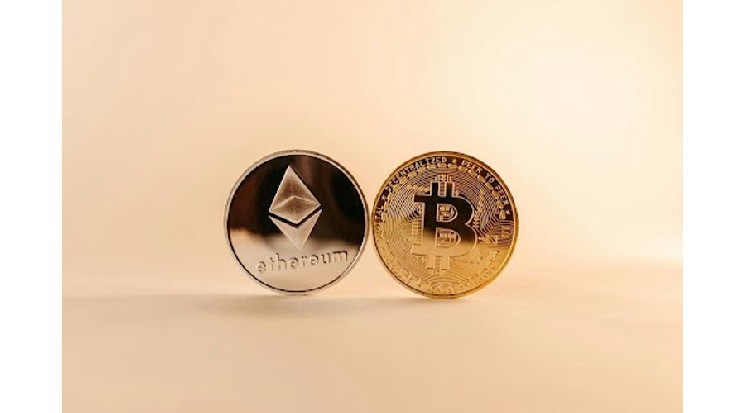Listen to the article
U.S. Bancorp has announced the creation of a dedicated business unit called the Digital Assets and Money Movement organisation. The move, unveiled in mid-October 2025, marks a decisive step by one of America’s largest regional banks toward blockchain integration, tokenisation, and digital money flows. The initiative positions the bank to stay competitive as tokenised assets and blockchain rails move closer to mainstream finance.
Expanding Horizons in Digital Finance
The timing of U.S. Bancorp’s move reflects a broader wave sweeping through digital finance. Across markets, tokenised assets, stablecoins, and blockchain-based payment systems are gaining traction. Fintech firms are experimenting with instant cross-border transfers, while digital exchanges expand access to new asset classes. Amid this momentum, analysts are watching for the cryptocurrency with most potential, highlighting projects that demonstrate real-world utility, scalability, and transparency.
From smart contract platforms and decentralized lending networks to blockchain-powered economies offering reward incentives, the digital asset space is maturing fast. Flexible payment solutions and seamless wallet integrations are becoming standard rather than experimental.
These trends illustrate how innovation once confined to crypto startups is being embraced by mainstream financial institutions seeking efficiency and reach. For U.S. Bancorp, this shift underscores the importance of linking banking reliability with blockchain innovation.
Unit Leadership and Strategic Aim
The new division will be led by payments-industry veteran Jamie Walker, a longtime executive at U.S. Bancorp who currently oversees Merchant Payment Services. He will continue in that capacity until a successor is named before taking up his new role under Chief Digital Officer Dominic Venturo.
Venturo emphasised that clients increasingly want to understand how digital assets can help them move money safely, store value, and interact with tokenised instruments. The structure aims to meet those needs within a regulated and secure framework.
What the Unit Will Focus On
The organisation will explore and develop blockchain-based solutions across key segments such as stable-coin issuance, tokenisation of real-world assets, and advanced digital money movement infrastructure.
It will also support custody and settlement services for cryptocurrencies, allowing the bank to serve both institutional and corporate clients looking for compliant digital-asset exposure. The division will also coordinate internal innovation and ensure blockchain projects meet the bank’s compliance and risk standards.
A Signal to the Market
For a bank managing over six hundred billion dollars in assets, this expansion sends a clear signal to the broader market. Rather than viewing crypto as a niche, U.S. Bancorp is integrating blockchain into its long-term digital strategy. The move mirrors a broader industry shift, with several major banks testing tokenised deposits and blockchain settlement systems to increase efficiency and transparency in cross-border transactions.
The shift also underscores how competition among major U.S. lenders is intensifying around digital infrastructure. Institutions that once viewed blockchain as experimental are now racing to build in-house capabilities before regulation and market demand outpace them. For U.S. Bancorp, the timing reflects a strategic effort to stay ahead of both fintech challengers and peers like JPMorgan and Citigroup, which have already expanded their blockchain operations.
Implications for Tokenisation and Stable-Coin Projects
By establishing a division devoted to digital assets, U.S. Bancorp is betting on tokenisation and stable-coin technology as future pillars of banking infrastructure.
This approach highlights growing institutional confidence in crypto-adjacent innovation and reflects a belief that the next stage of financial modernisation will occur on distributed ledgers. Projects enabling tokenised real-world assets or stable-coin integrations stand to gain as more banks move from pilots to full adoption.



